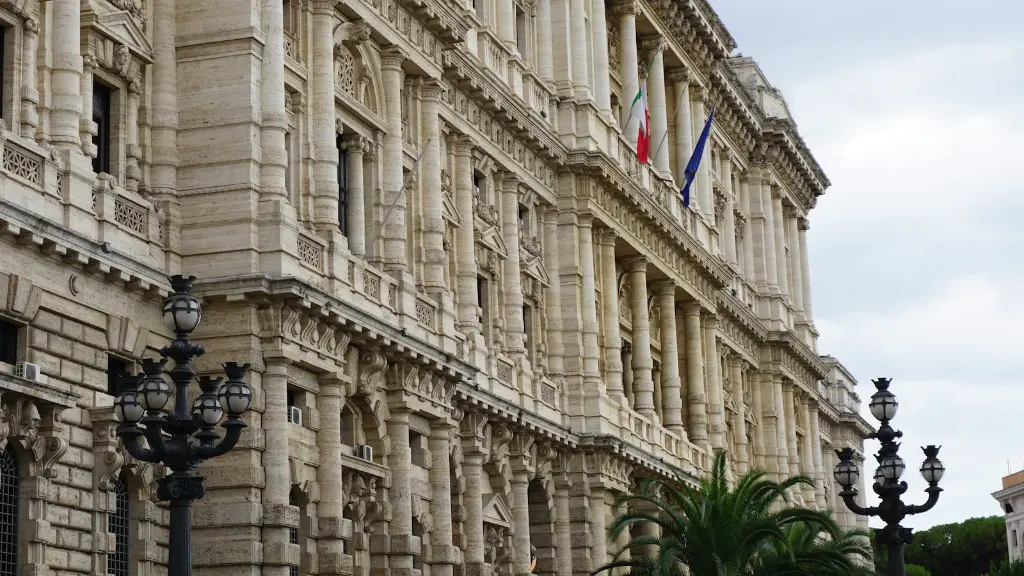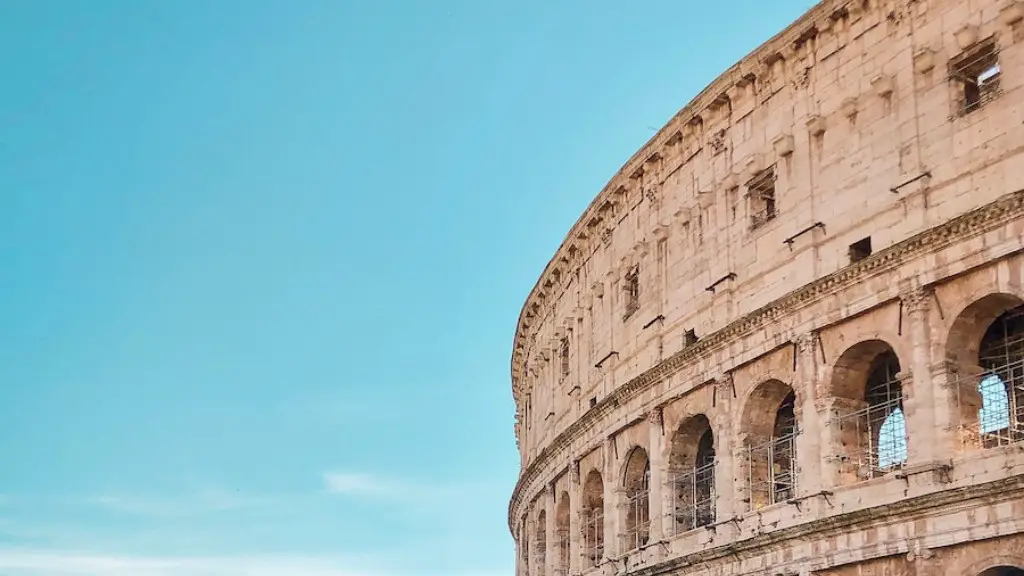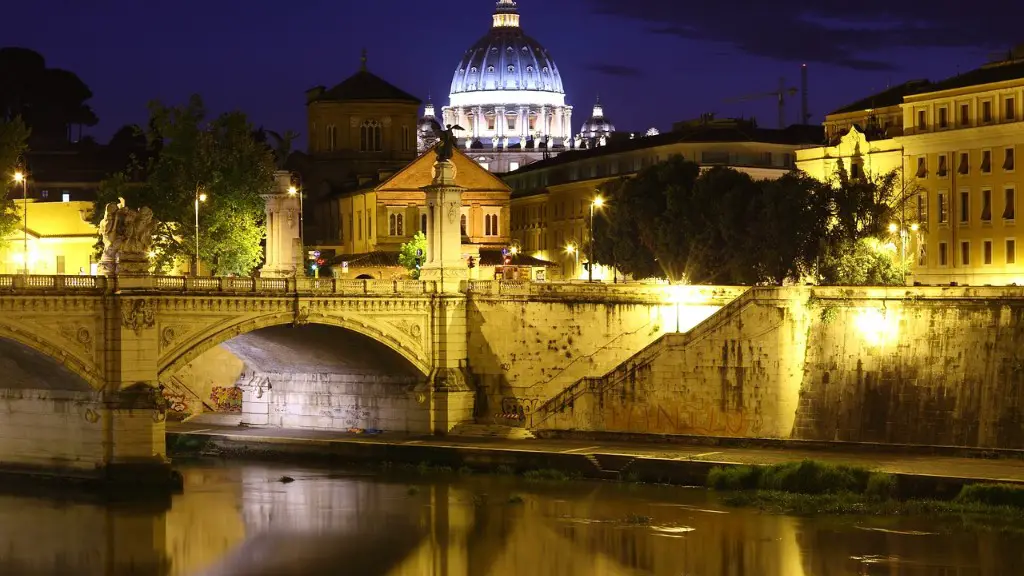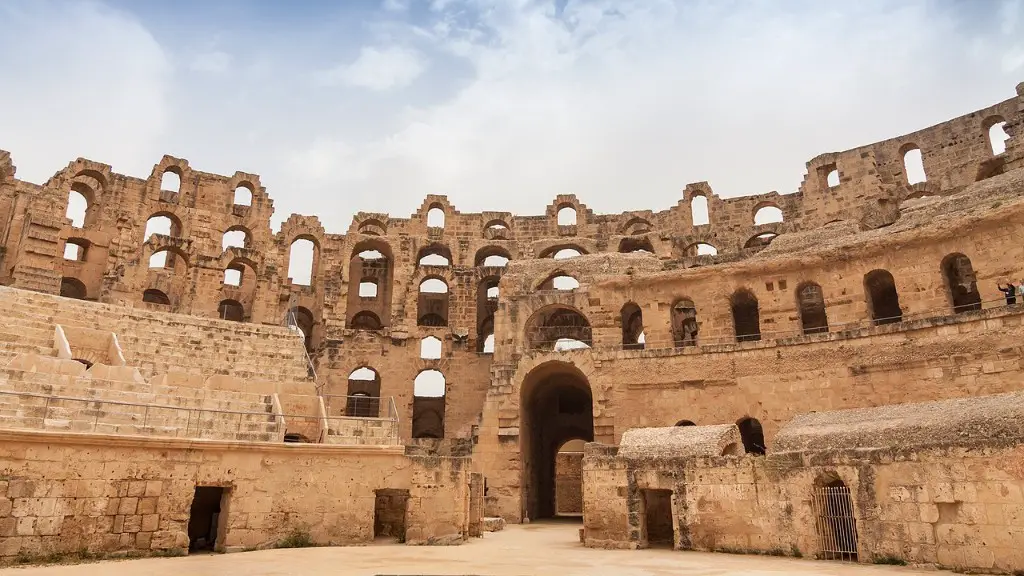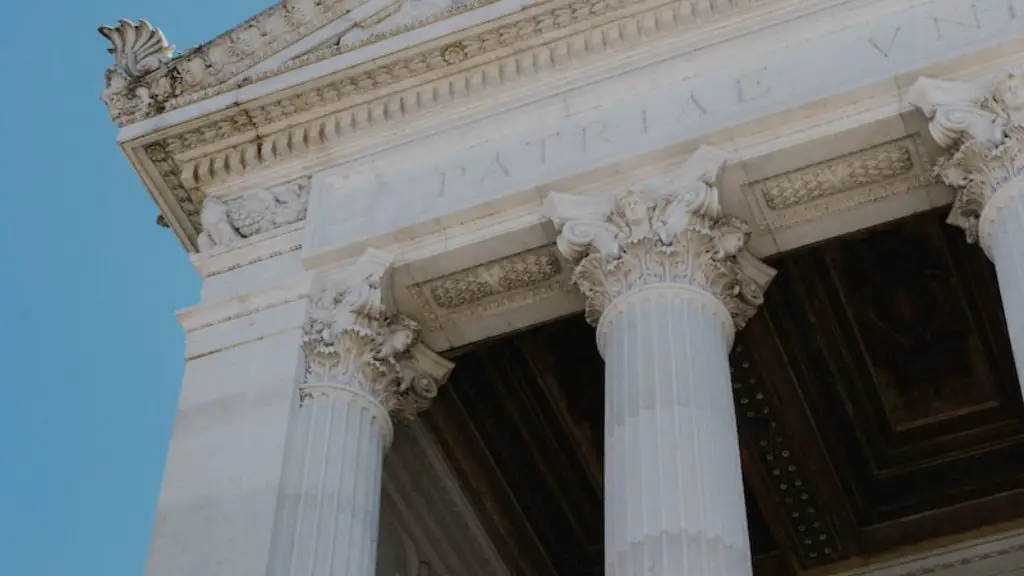Christianity first began to take spread across Rome and the Roman Empire during the reign of the Roman Emperor Constantine I. The religion had taken hold shortly after the crucifixion of Jesus Christ in the 1st century; and by the 4th century, was becoming a major part of Roman society. During Constantine’s reign, Christianity rose to prominence and the emperor declared it to be the official religion of the Roman Empire.
The emergence of Christianity in the Roman Empire was a complex process and can be linked to a number of factors, several of which were related to political and social influences. Religion had always been a major part of Roman culture and it is believed that the spread of Christianity was a result of Rome’s contact with Jewish communities in the region. The influence of religious figures such as Saint Paul, who had spent time in Rome, is also thought to have played a role in the development of Christianity within the Roman Empire.
Christianity was also spread by missionaries who sought to convert the Roman population. These missionaries traveled to various parts of the empire and preached their views to the people, often making use of their knowledge of local cultures and customs to gain converts.
The spread of Christianity was also aided by its adherents’ ability to organize and evangelize more effectively than traditional Roman religious practices such as paganism. Paganism had been weakened by the period of civil war and disunity that plagued the Roman Empire in the 3rd century, and Christianity was seen as a more unified and powerful religion that could bring structure and order back to the fractious state.
The spread of Christianity was also helped along by the Roman government, which was keen to support the new religion in order to strengthen its own power. The Christian church was given privileged status, and those who remained pagan were discriminated against and sometimes persecuted.
The emergence of Christianity in Rome ultimately had a profound effect on the entire empire. It ushered in a period of stability and unity in which Christianity became the primary religion of the Roman Empire. It also had a major impact on the culture and art of the period, with some of the most iconic symbols of the religion emerging from Rome during this time.
Influence on Philosophy and Art
Christianity had a profound influence on Roman philosophy and art. The emergence of a unifying faith meant that philosophical inquiry began to focus on questions related to Christian teachings and beliefs. This was particularly noticeable in the works of philosophers such as Augustine and Boethius, who sought to reconcile Christian belief with the teachings of the ancient Greek schools of thought.
Christianity also had a major impact on Roman art. During this period, the imagery associated with Christian figures such as Jesus and the Virgin Mary began to appear in paintings and sculptures. The gold-covered mosaics found in places like the Basilica of Santa Maria Maggiore illustrated the increasing influence of Christian art on Roman visual culture.
The influence of Christianity can also be seen in the architecture of the period, with the construction of grand churches such as Santa Maria in Trastevere. The city of Rome, which was the seat of the Roman Catholic Church, was also the site of major Christian monuments such as the ancient Colosseum, which was converted into a church during the 4th century.
Education and Convertion Process
Christianity also had an impact on the Roman education system. The spread of the religion meant that religious instruction began to take a more prominent role in the classrooms and texts such as the Bible began to be studied more widely. This shift in emphasis meant that religious knowledge and understanding was seen as a vital part of the education of Roman citizens.
The conversion process of people to Christianity was another factor in the spread of the religion. Conversion could take place through a number of methods, such as teaching and preaching by missionaries, or through the influence of Christian friends and family members. Mass baptisms were also common during this period, in which large numbers of people were baptized en masse in order to convert them to Christianity.
Legacy of the Ancient Romans
The legacy of Christianity in ancient Rome can still be seen today. The city of Rome continues to be the center of the Catholic Church and religious practices such as church attendance, baptisms, and pilgrimage to important religious sites are still common. The influence of Christianity in Roman art and architecture can also still be seen in the city, with many of the city’s iconic landmarks having strong Christian associations.
Impact on Modern Society
The spread of Christianity in the Roman Empire had a lasting impact on the development of modern society. Christianity became a unifying force in the Western world and the teachings of the religion in terms of morality and ethics were adopted by many in the ensuing centuries. Additionally, the spread of Christianity across Europe helped to facilitate the integration of different cultures and the emergence of new forms of art and literature.
Developments in Technology
The spread of Christianity in the Roman Empire also helped to facilitate a number of developments in technology. The printing press, for example, was invented during this period and allowed for a rapid spread of written works. It was also during this time that monasteries became centers of learning and the first universities were founded.
The spread of Christianity across the Roman Empire also had a major impact on the development of the law. Legal texts such as the Code of Justinian drew heavily on Christian teachings and the Roman law system became based largely on Christian values and morality.
Influence on Architecture
Christianity also had a major influence on Roman architecture. Churches and cathedrals were constructed across the empire and the style of architecture known as ‘Romanesque’ became popular. This style combined elements from classical Roman architecture with features found in churches from other parts of Europe such as France and Germany.
The influence of Christianity in the Roman Empire continues to be felt in the modern world. Its emergence helped to create a more unified Europe and its teachings are still used as a basis for many of the ethical and moral decisions made by society today. Its impact on architecture and art can also be seen in many cities and towns across Europe.
